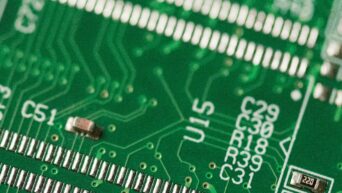Now if we could just add a jetpack…
One of the oldest sci-fi styled dreams of medical science is restoring personal movement to the paralyzed with technology. We can’t make flying wheelchairs and psychic powers aren’t a thing (yet), so what does that leave? Power armor, of course.
A team of researchers cobbled together from the University of Grenoble in France, biomedical research center Clinatec and the CEA research center have been working with a mister Thibault (full name withheld) for the past two years to create a new system of movement for the paralyzed. Thibault has been paralyzed from the shoulders down after a spine-damaging fall from a balcony, and has been confined to a joystick-operated wheelchair.
The new system relies partially on a robotic exoskeleton. But how can Thibault move the device if he’s paralyzed? Answer: his own brain. Thibault had special sensors grafted to his head between his brain and skin. These sensors scan the parts of the brain that are responsible for motor control and converts them to movement signals for the exoskeleton. It took Thibault two years of practice on a virtual dummy before he could send the signals consciously, but now he’s a natural. The exoskeleton is suspended from the ceiling for safety purposes, but for all intents and purposes, Thibault can move entirely of his own volition. “I can’t go home tomorrow in my exoskeleton, but I’ve got to a point where I can walk. I walk when I want and I stop when I want,” he told AFP.
The tech is still in its experimental phases, but the research team has just hired on three new subjects, and they’re hoping they can get the exoskeleton moving without the ceiling mount. If they can get this commercially viable, not only could exoskeletons become a new form of movement, but brain-control systems could be implanted into existing forms like wheelchairs. Though, if it were me, I would always choose power armor over wheelchairs. Just saying.

































